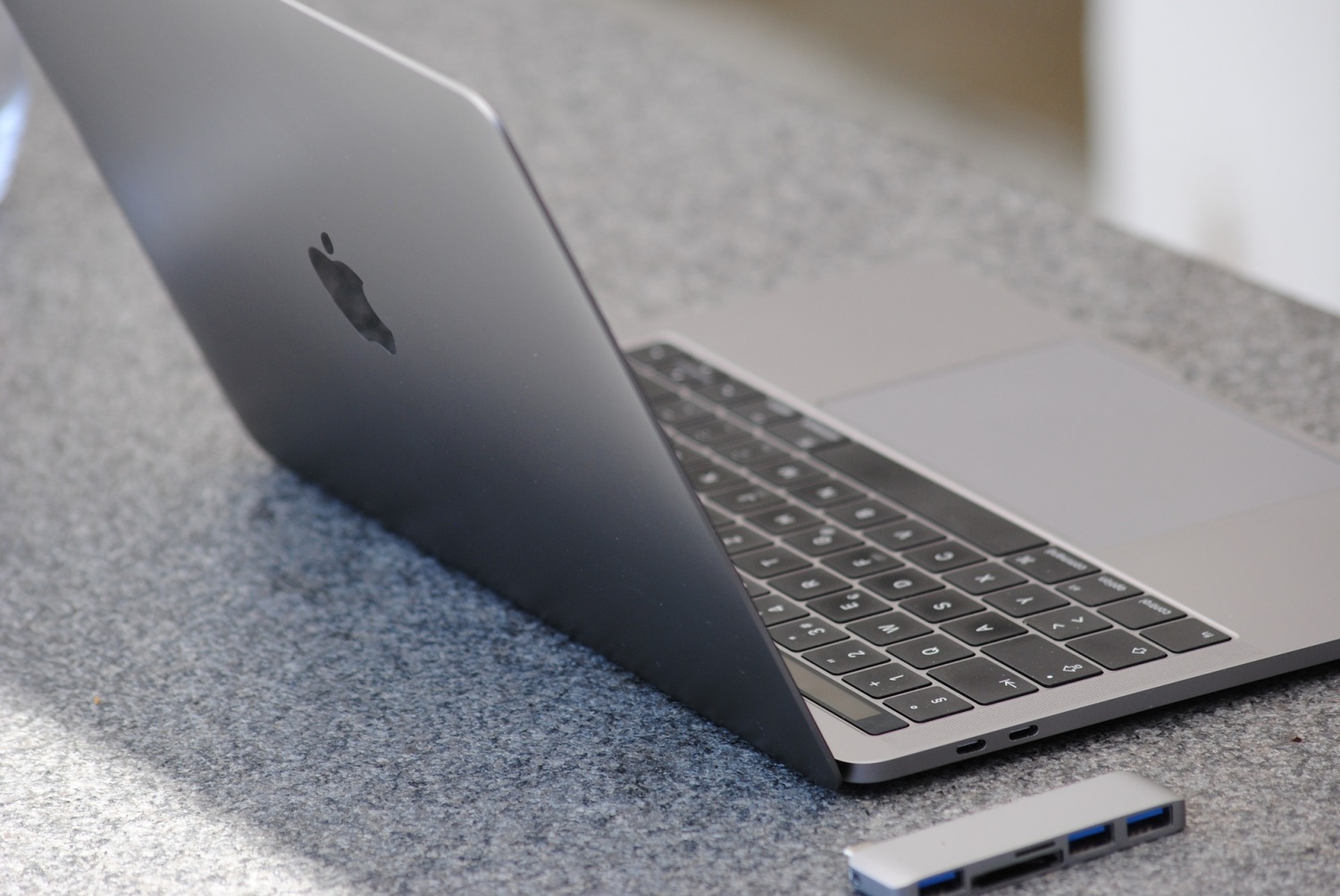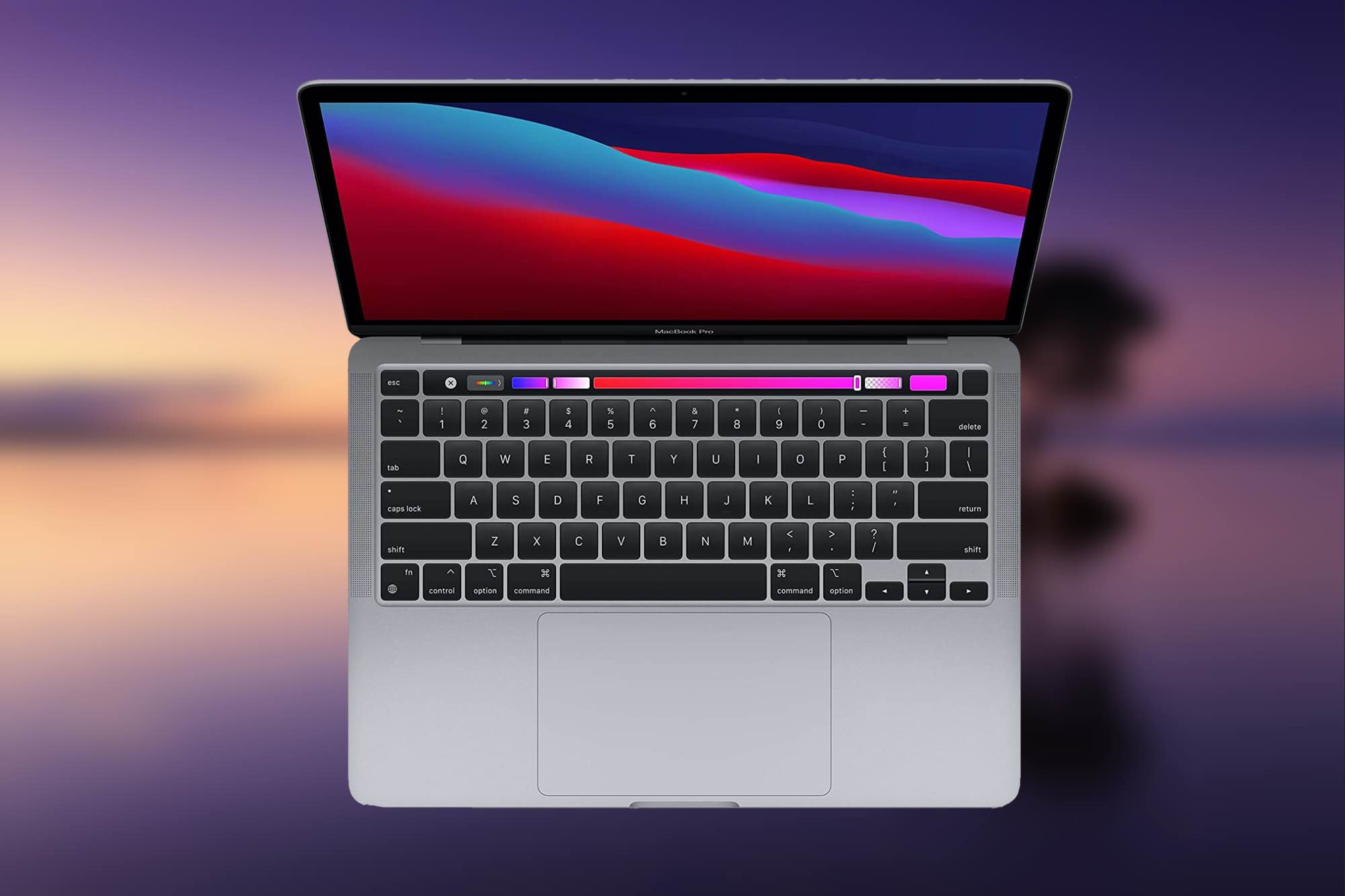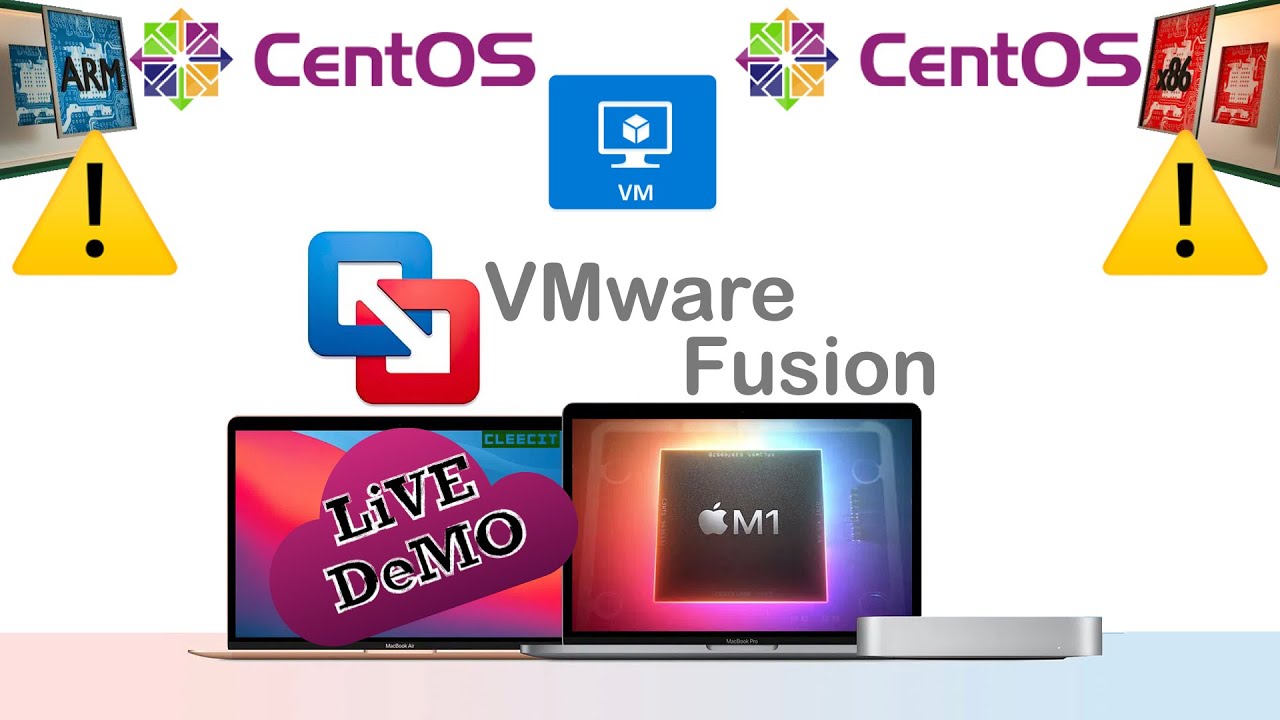

- Vmware for macbook pro m1 install#
- Vmware for macbook pro m1 license#
- Vmware for macbook pro m1 download#
Vmware for macbook pro m1 license#
F12 Pro will replace F11 Pro and will include license for 3 devices, INCLUDING Windows and Linux (i.e. Fusion 12 PLAYER will be free for personal use and replaces the 'standard' version of Fusion 11. If you buy F11 after June 15, you will get a free upgrade. F11 will be the last release to support Mojave. The future of Fusion: Fusion 12 is coming (already available as Technology Preview), it is based on very different design and is only for Catalina or Big Sur due to Apple design changes in macOS.

Vmware for macbook pro m1 install#
Next Question, if you can run Windows ARM as VM on a M1 Mac, will it be possible some day to install Windows ARM NATIVELY to a Apple Silicon Mac, a la bootcamp? I think all that would be needed is a special bootloader to trick Windows ARM into thinking it is a Surface Pro or something. There was no competition before, so Qualcomm and Microsoft had no pressure to push Windows ARM or the Surface Pro, it just had to be good enough. Ironically, because the M1 is so fast, according to some reviews, Windows ARM runs faster as a VM on a M1 Mac than it does on a Surface Pro natively.

I wonder if VMware has a skunk works project going on to do the same I'm sure VMWare is watching how the Parallels experiment goes and whether consumers take to it. Even still the, it's actually quite amazing that it can be done, that a 32/64-bit Intel Windows app can run under emulation on a ARM version of Windows built for Qualcomm's ARM chip, running as a Virtual Machine on a Apple Mac with a Apple designed ARM processor. Lingering application issues, emulation of Intel, problems running older 32-bit Intel apps (under emulation).

It's a proof of concept, the bigger issue is, will running the ARM version Windows satisfy people who want to run Windows on a Apple Silicon Mac, because Windows ARM still has it's own issues even on official Windows hardware like the Surface Pro. I've tried it, it works, for the most part, still a lot of work to do, but interesting. Right now this is a feature unique to Parallels and might be worth the cost alone.So, Parallels is showing off a Technical Preview of Parallels that can run the ARM version of Windows on Apple Silicon apps. The icing on the cake is the Coherence mode, allowing you to run Linux apps outside the main Parallels window, almost as if they were native to the Mac.
Vmware for macbook pro m1 download#
Again, you'll require Linux distros with ARM builds, but Parallels makes it super simple to download and install them. You're looking at $100 for a perpetual license, but it works well and it's easy to use. The latest version can be downloaded from the VMware website.Īlternatively, you can go for Parallels, but at a cost. VMware Fusion is available for Apple Silicon and allows you to run Linux VMs. But the Virtualization Framework will not emulate an x86_64 Linux distro for use on ARM. But some of the biggest names are available for ARM, including Ubuntu and Debian. The caveat is that you have to use a Linux distro with an ARM build, so that could rule out your favorite. This requires a little bit of work with Swift coding, but it's free to use and the best overall performer. At WWDC, Apple outlined using the Virtualization Framework built into macOS to boot into a Linux VM. Virtual machines are very much possible on Apple Silicon and there are a few ways to do it.


 0 kommentar(er)
0 kommentar(er)
